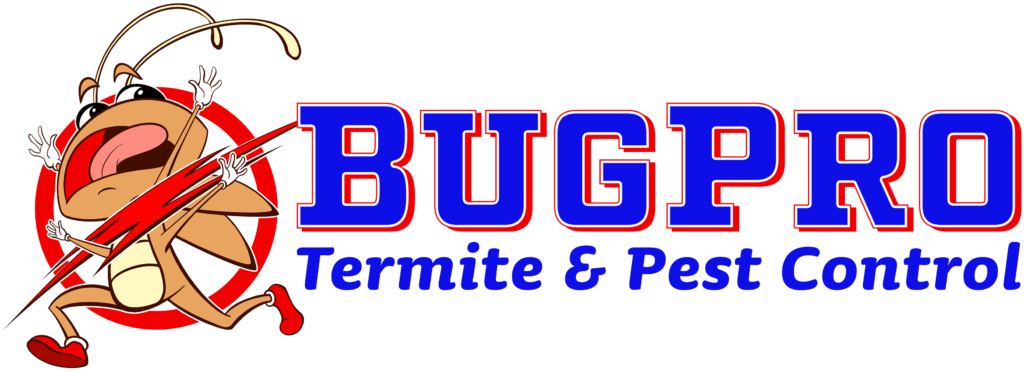
1. Comprehensive inspection: A perfect termite inspection should cover all areas of the property, including the internal and external areas, subfloor, roof, and any other areas prone to termite infestation.
2. Use of appropriate equipment: The inspector should use appropriate equipment such as moisture meters, thermal imaging cameras, and borescopes to aid in the inspection.
3. Identification of termite species: The inspector should be able to identify different termite species and their unique behavior and feeding habits.
4. Assessment of termite damage: The inspector should assess any existing termite damage to the property and provide recommendations for repair or treatment.
5. Detection of termite activity: The inspector should be able to detect any current or previous termite activity using visual inspections, probes, or other detection methods.
6. Treatment recommendations: Based on the inspection findings, the inspector should make recommendations for treatment options that are appropriate for the specific termite species and level of infestation.
7. Written report: The inspector should provide a detailed written report outlining the inspection findings, any identified termite-related issues, and the recommended treatment options.
By implementing these measures, a perfect termite inspection can help homeowners identify and prevent potential damage caused by termite infestations.